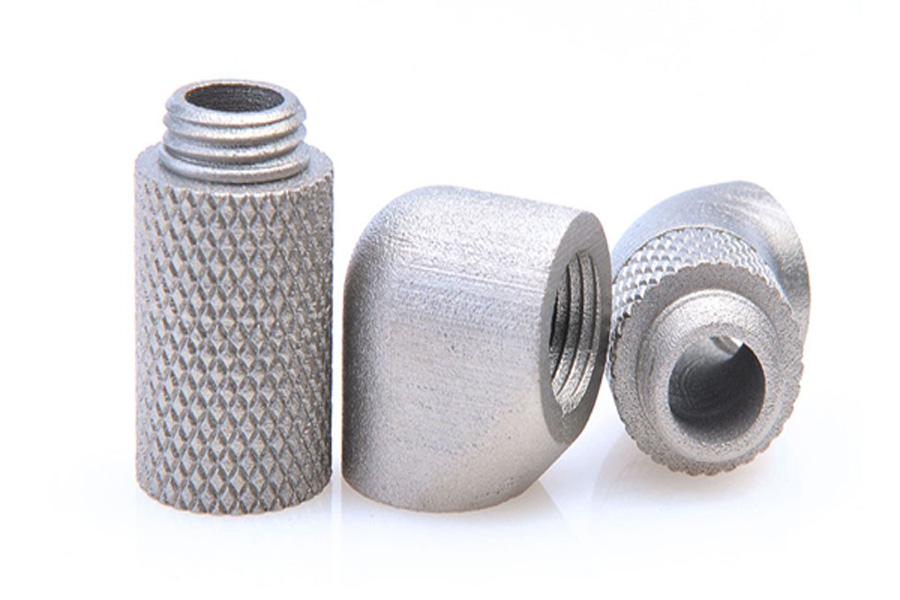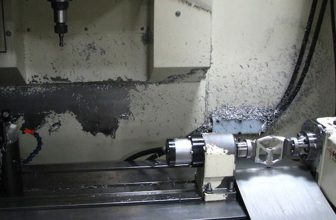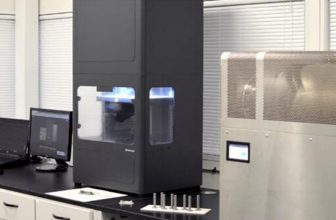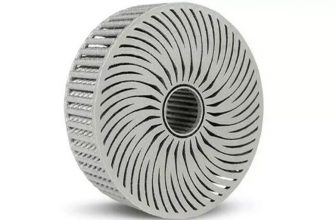
Additive Manufacturing Ceramics
The early stages of additive manufacturing were dominated by polymers, but have since expanded to include metals and ceramic-based materials. A leading company is ExOne, a manufacturer of adhesive jet 3D printers. The company’s 3D printers are capable of printing metals, ceramics and composite materials, and new materials continue to be certified.
Recently, ExOne was awarded a “third party qualification” in its Iconel 718 nickel-based superalloy, which is commonly used in high-stress aerospace, energy and automotive applications, similar to the applications that Fraunhofer researchers believe its MMJ system will be suitable. Iconel is characterized by high strength, high hardness, corrosion and chemical resistance, and has excellent welding performance, and can withstand extreme temperatures from minus to 700°C.
In other fields, recently 3D printing expert Lithoz’s proprietary lithography-based ceramic manufacturing (LCM) technology was used for the first time in 3D printing of Corning glass ceramic materials, while ceramic expert 3DCERAM-SINTO improved its ceramic 3D printing technology to develop The next generation of medical X-ray imaging systems.
Fraunhofer IKTS’ new system
Fraunhofer’s MMJ system manufactures parts in a continuous process. The ceramic or metal powder made into the part is evenly distributed in the thermoplastic binder substance. The resulting slurry is then loaded into a micro-dosing system (MDS) to start the manufacturing process. The slurry melts in the MDS at a temperature of about 100 degrees Celsius, producing a substance that can be released by tiny droplets.
The corresponding software program developed by the researchers can ensure the precise positioning of the droplets, which will be deposited one by one through a high-precision computer-controlled process. Gradually, parts are piled up at speeds of up to 60mm, dropping 1,000 times per second. The droplet size of the system is between 300 and 1000 μm, and a deposited layer with a height between 100 and 200 μm can be formed. The maximum size of the parts that can be manufactured at present is 20×20×18 cm.
Scheithauer explained: “The key factor is the customized feeding of metal or ceramic slurries. Correctly determining the dosage is the key to ensuring that the final product of additive manufacturing has the required properties and functions during the subsequent furnace sintering process, including strength, thermal conductivity and Conductivity and other properties.”
Potential applications
An example of the application of the IKTS system by the Fraunhofer researchers is the manufacture of highly complex parts, such as the ignition system of a satellite propulsion engine made of ceramic. The heat resistance of ceramics makes it a suitable material choice for satellite combustion chambers that reach extremely high temperatures.
The ignition system combines the conductive area and the insulating area in a single area, and requires three metering systems: one for the support material decomposed during the heat treatment in the furnace, the other for the conductive components, and the third for the electricity Insulating components. According to the researchers, MMJ may also have multiple applications in the consumer product market, and due to its high precision and flexibility, it is not only suitable for manufacturing multifunctional components, but also for more fields. Scheithauer said: “For example, we can also use it to make blanks for cemented carbide parts. Because the batching system has extremely high precision, the contours of the blanks are already very close to the contours of the final product. Therefore, compared with conventional methods, they Very little subsequent grinding will be required. This is a big advantage when you use cemented carbide.”
Now that the Fraunhofer IKTS project has proven that the technology is feasible and scalable in practice, the next step is to verify whether the technology can be used for commercial purposes. Fraunhofer IKTS said that in addition to providing hardware, it can also help industry customers develop materials and software needed for process monitoring and automation, which means they can get everything they need from a single source.





